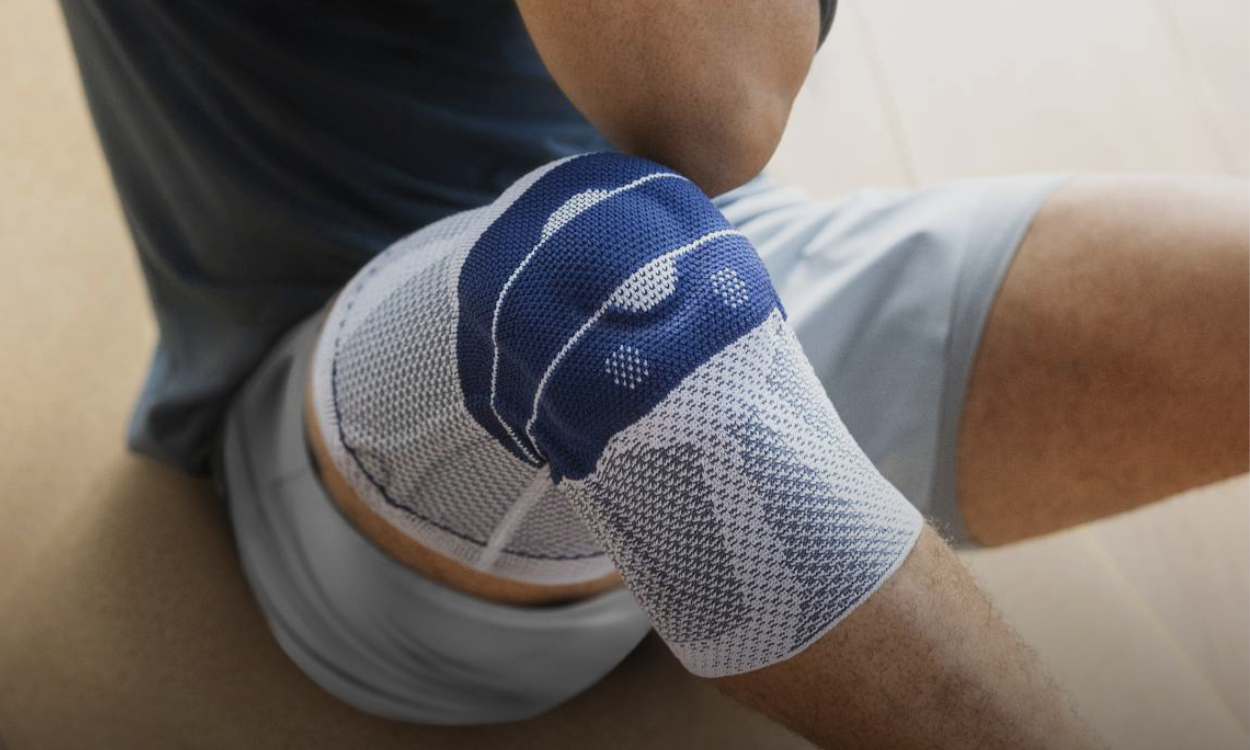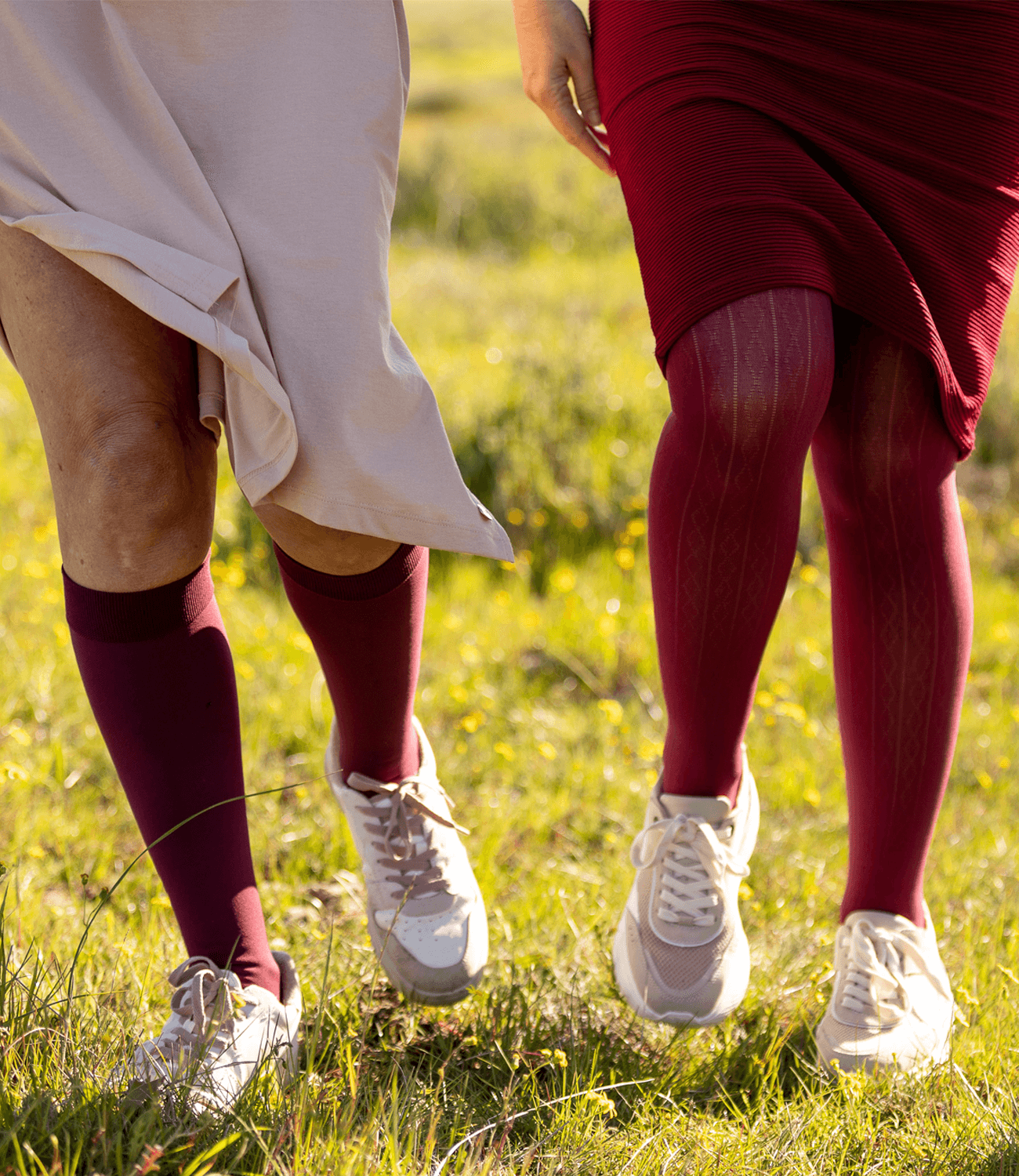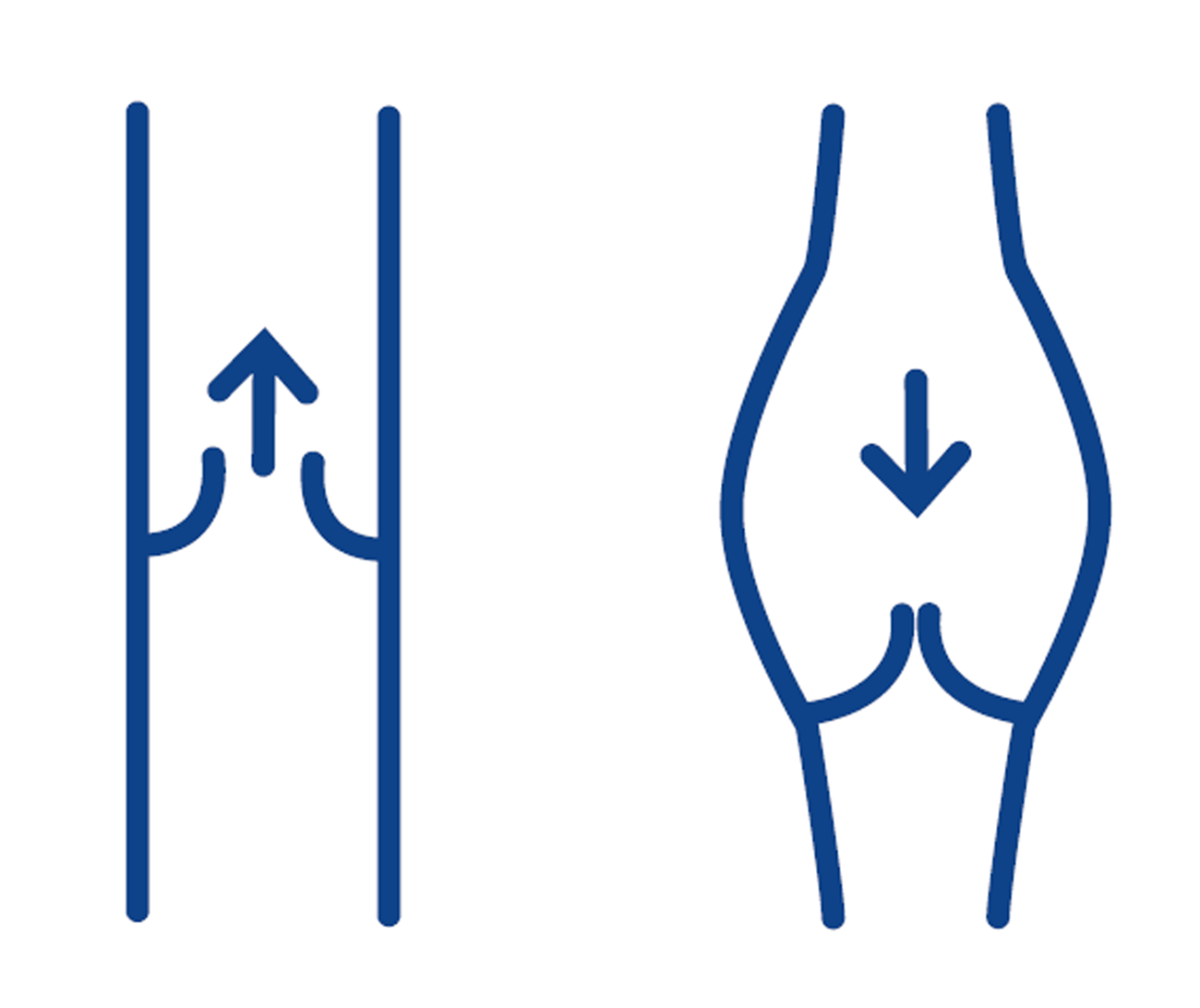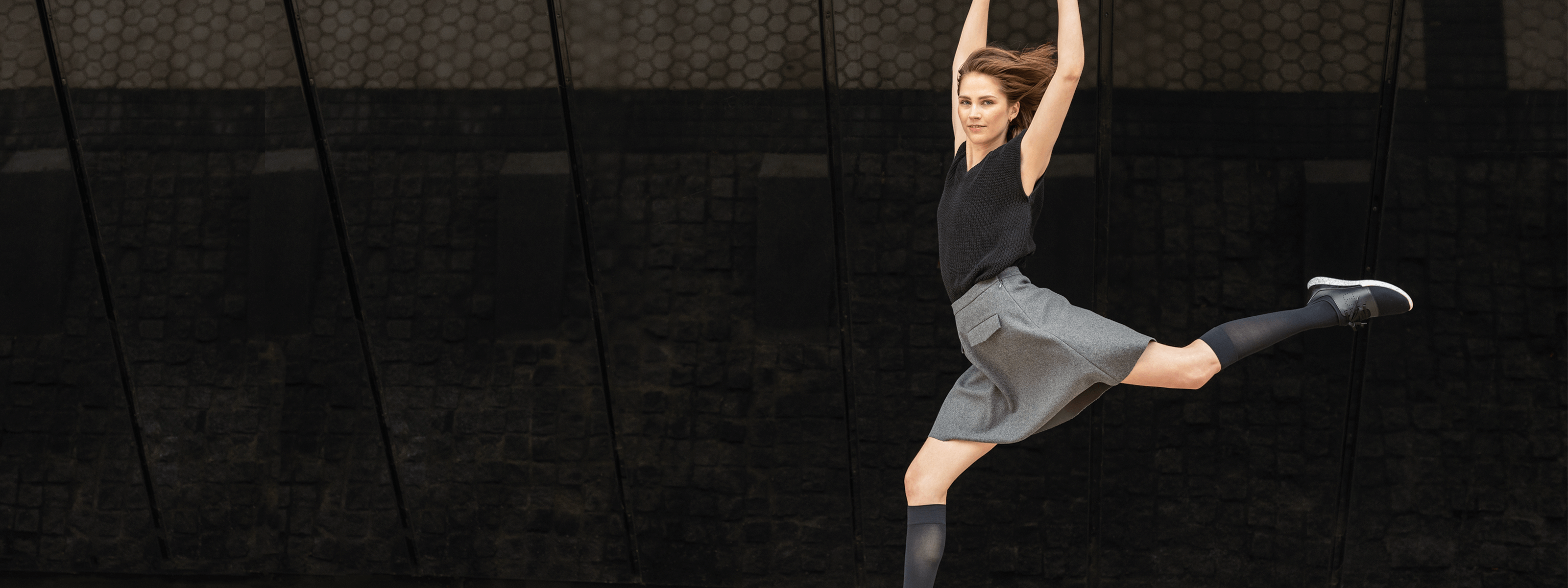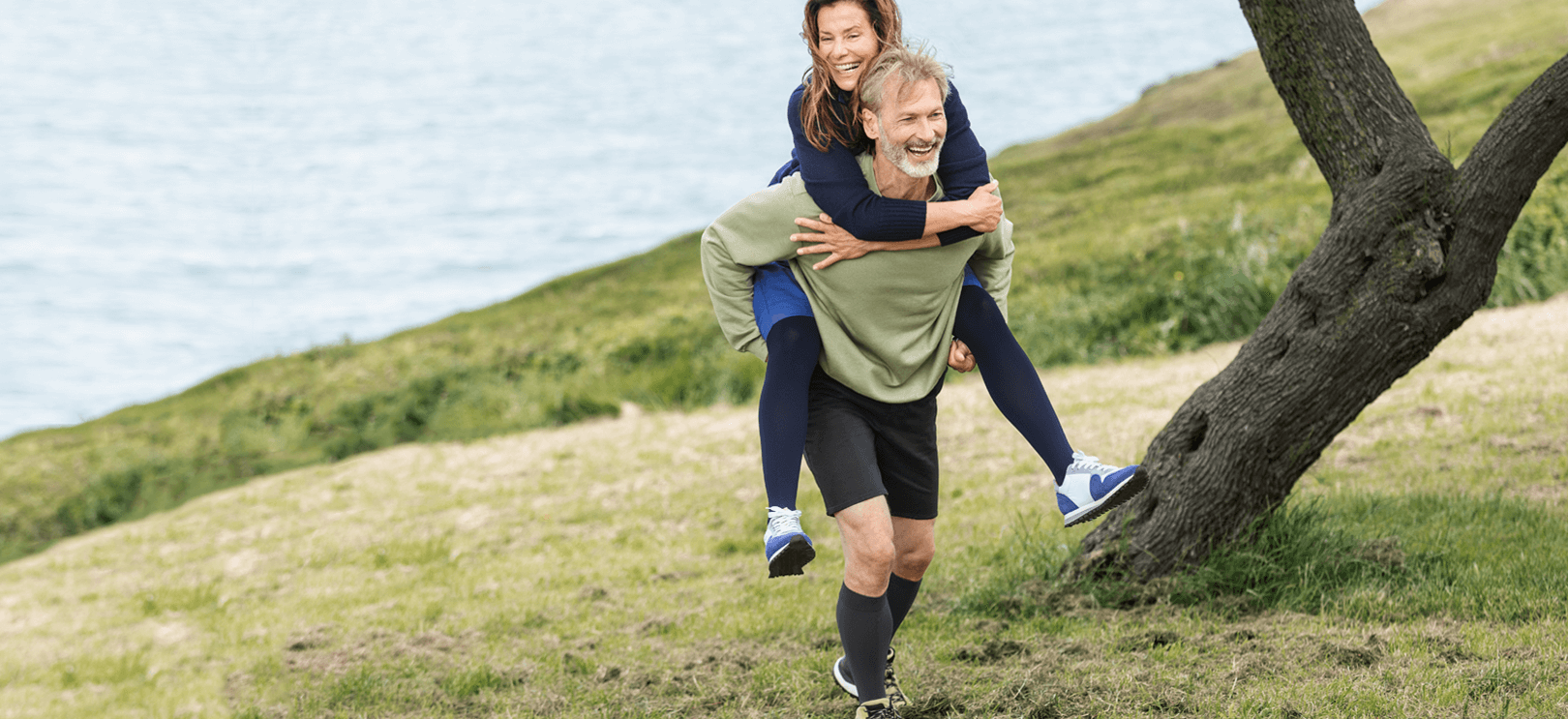Even at rest, your body is a hive of activity! A high-performance network of arteries and veins works around the clock to transport blood throughout your entire body. While arteries lead away from the heart and supply your cells with oxygenated blood and nutrients, the veins take care of the return transport: They take waste products from the cells and lead deoxygenated blood back toward the heart.
But how exactly does this system work? What can you do to keep your veins working smoothly - and when should you take a closer look and take active steps to improve your vein health?
How does a vein work?
Your veins have a big job: every day they transport up to 7,000 liters of blood through your body toward the heart. The leg veins in particular work extra hard as they are working against gravity. They are able to do this with the help of the musculovenous pump system. This is the name given to the muscles and veins in the legs that drive blood flow toward the heart. As the name suggests, this system works like a pump: as we move the muscles alternate the pressure exerted on the veins by tensing and relaxing, forcing blood from the legs up toward the heart.
To ensure that the blood only moves in the direction of the heart, venous valves are located within the veins. The venous valves open, allowing the blood to flow up, and then close, stopping the blood from flowing backward.
What challenges does the venous system face?
The walls of the veins are very thin and elastic. Certain risk factors can come into play that causes the veins to become abnormally dilated. As a result, the venous valves are no longer able to properly close and blood congestion can occur.
As an example, people are spending more and more time sitting or standing still at work. Due to long periods of inactivity and lack of exercise, the muscles in the legs and therefore the musculovenous pump system is not sufficiently activated. The veins then lose their driving force and it becomes increasingly more difficult to transport blood up toward the heart.
If the blood transport system is no longer working properly, congestion, swelling, and an undersupply of blood to the tissues can occur.

What troubles the veins?
In addition to lack of exercise and long hours standing or sitting, there are other factors that can increase the risk of vein problems. These risk factors include obesity, a diet high in sugar or fat, smoking, and excessive alcohol consumption. Constrictive clothing and tight shoes can also affect the proper working of the veins. In addition, there are certain connective tissue disorders that can increase the risk of developing vein disease. Unfortunately, these disorders affect a large number of people.
Would you like to learn more about venous insufficiency and other venous diseases?
We have put together detailed information on causes, symptoms, diagnosis, and treatment options for you here.
When is special attention required?
If your legs and feet sometimes, or frequently, feel heavy and swollen, it's important to get to the bottom of the issue and speak with your doctor. This also applies if you begin to notice the first visual signs of venous insufficiency, such as small spider veins or varicose veins. It is crucial to recognize the symptoms early on so that suitable countermeasures can be taken or early treatment can begin. If left untreated, vein problems can quickly escalate to become chronic issues and, further complications can occur.
The good news: There is a lot you can do to keep your veins healthy!
Discover what is good for your veins - and how to enjoy an active and carefree life!
Venous insufficiency and venous diseases
Have you already received a diagnosis and want to know more about what exactly it entails? Here you will find an overview of the most common vein disorders and diseases, as well as learn more about the causes, symptoms, treatment options, and what you can do to improve your overall well-being.

